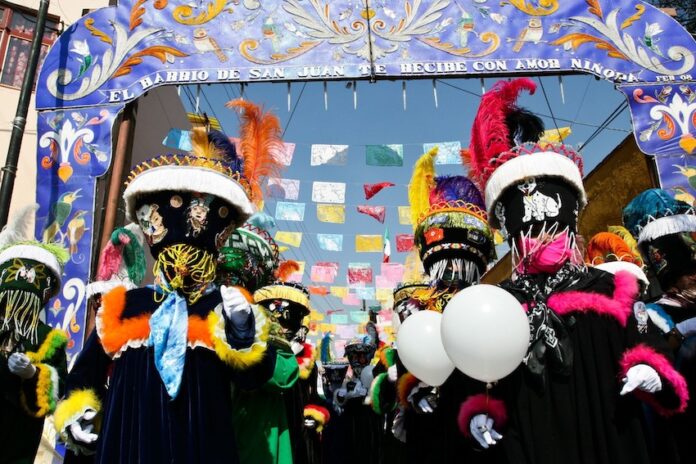When anthropologist Andrey Núñez was working on an analysis of language use in Mexico City with the University of the Cloister of Sor Juana (UCSJ) in 2018, he and colleagues visited a public school in the Milpa Alta borough of the capital. There, he noticed a remarkable thing; The children wrote graffiti on their desks in Náhuatl. “Juan es un xólotl,” one read. Juan is a little devil.
Náhuatl was the official language of the Mexica Empire, which reached its peak during the second half of the 15th century in present-day Mexico, and was dominant until the Spanish conquest in A.D. 1521. So, how come children speak this language in present-day Mexico City? Part of the reason is that the Mexican capital preserves some of its Pre-Columbian neighborhoods, centuries after these ancient civilizations fell.
Milpa Alta plantations (Milpa Alta)
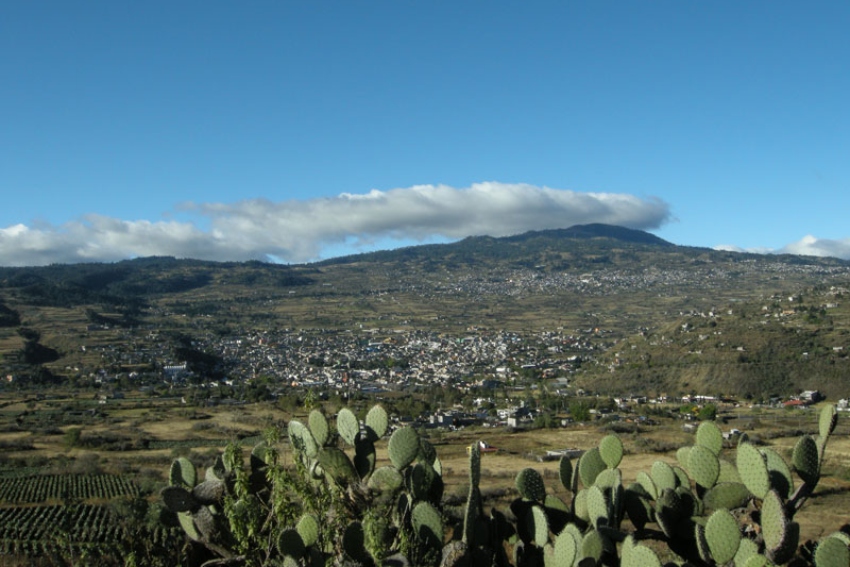
According to the Institute of Statistics and Geography’s (INEGI) latest figures, nearly 40,000 Mexicans in Mexico City speak Náhuatl as their mother tongue today. As Núñez and his team found in the study, in boroughs like Milpa Alta, in the southeast of the capital, children learn Spanish in school, but speak to each other and their families in their native tongue.
This is a testament to their Pre-Columbian heritage. As the National Institute of Indigenous Peoples (INPI) documents, the Momoxcas inhabited these mountainous lands before the Conquest, and created strong commercial networks between the Valley of Mexico and present-day Morelos state. Their city-state, Malacachtépec Momoxco, was famous for its veneration of the surrounding hills, “a sacredness that many Milpaltenses [still] confer on the hills today.”
Barrio de San Juan (Xochimilco)
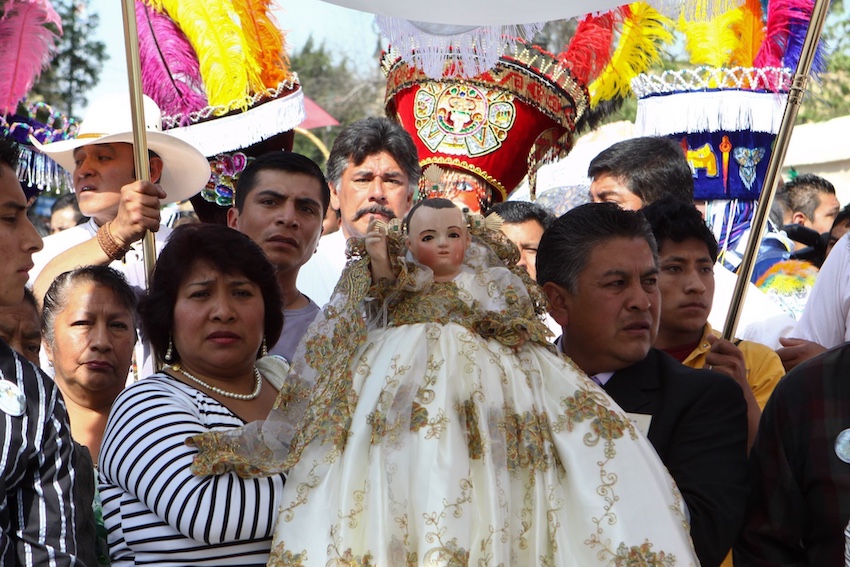
Religious syncretism is alive and present in most boroughs in Mexico City. Xochimilco features some of the best examples of how this cultural phenomenon combines the tradition of medieval Christianity and Mesoamerican roots, says UNAM anthropologist Andrés Medina Hernández. This phenomenon is crystallized in the Barrio de San Juan for the local veneration of the Niñopa. That being a sacred figurine that embodies the cult of child Huitzilopochtli and baby Jesus. Actually, per the Ministry of Culture, the word Niñopa comes from “Niño-Padre:” the “Father-Child,” alluding to the fact that baby Jesus is also God.
On Christmas Day and Día de la Candelaria, local people host parties exclusively for this sacred child — made of palo de colorín wood and carved in the 16th century — during which they offer him toys, traditional baby garments, candy and other treats Xochimilca children have enjoyed for centuries.
Cerro de la Estrella (Iztapalapa)
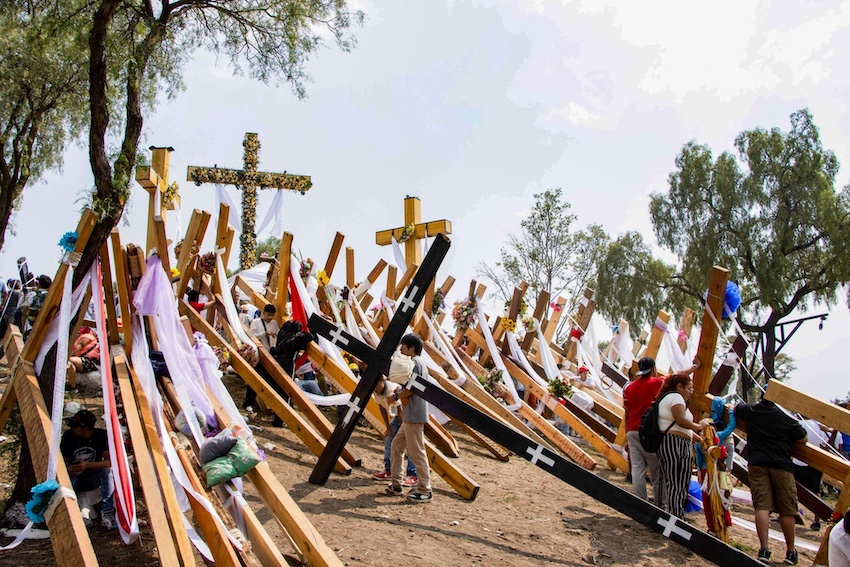
A millennium ago, recalls the Institute of Historical Research (IIH) at UNAM, Cerro de la Estrella “was conceived as an image of the mythical hill, the origin of migrations and the birthplace of deities.” Originally referred to as Colhuacaltépetl, it was thought to be the birthplace of the Mexica God of War, Huitzilopochtli.
Today, the Iztapalapa borough is an industrial hub east of Mexico City. Its religious importance has not diminished, however. Local people perform a yearly Via Crucis representation during the Easter holidays in Cerro de la Estrella, commemorating Jesus’ crucifixion and death. Once again, the figure of Jesus seems to overlap with ancient representations of Huitzilopochtli, as deities that the inhabitants of Mexico City have historically worshipped.
Calzada de los Misterios (Gustavo A. Madero)
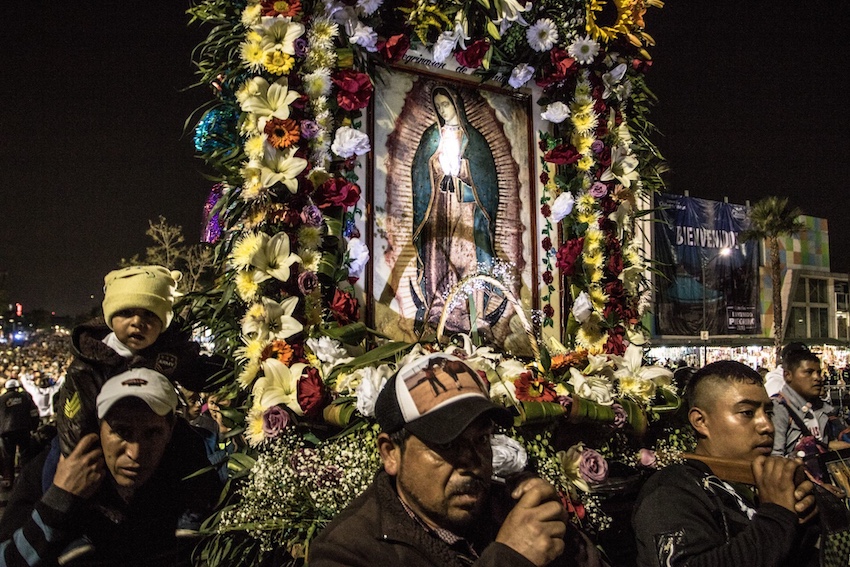
Formerly referred to as Calzada del Tepeyac, honoring the mountain that gives it its name, this was one of the main avenues that connected Tenochtitlán with an important religious site dedicated to the mother goddess, Tonantzin. From Náhuatl, meaning “our Mother,” this deity was later used by the Conquistadors to implant the Catholic faith in present-day Mexico, and turned her into the Virgin of Guadalupe. It is no coincidence that, today, Calzada de los Misterios leads to her sanctuary, receiving over 12 million pilgrims a year, per the government of Mexico City.
Zócalo (Cuauhtémoc)
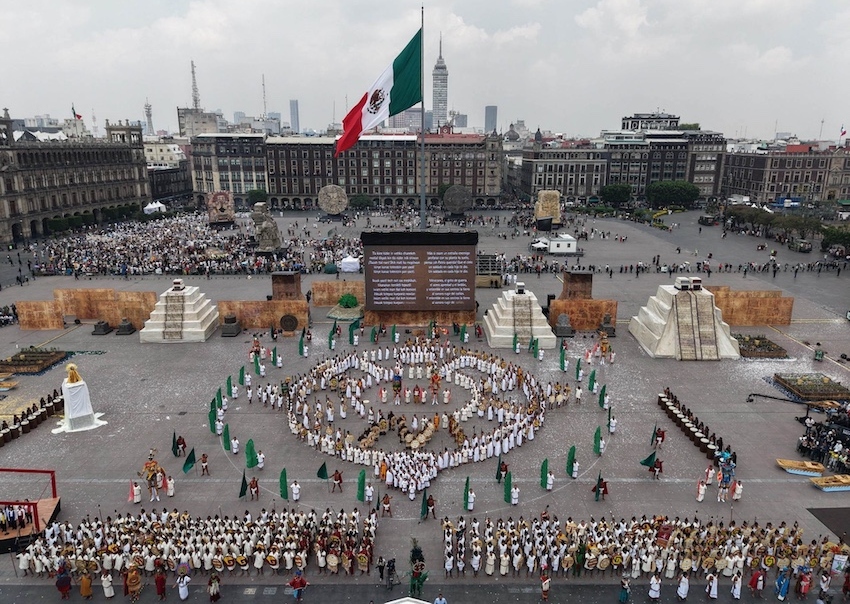
We dwellers of Mexico City like to talk to our ancient gods. Despite our heavy Catholic/Colonial heritage, we often thank Tláloc for bountiful rainy seasons in pop culture. This, again, is no coincidence. Where the Zócalo stands today, once stood the most impressive religious compound in Mesoamerica. Consisting of two main pyramids, one dedicated to Huitzilopochtil and the other to Tláloc, the Templo Mayor complex was “the center of political and religious life of Mexican society,” notes INAH.
As both a civic and religious center, it had a Huey Tzompantli: Tenochtitlán’s great wall of skulls. This building was “intended to house the skulls of individuals sacrificed both in the Great Temple and in the ball court in various ceremonies,” according to Arqueología Mexicana. No wonder that when in the Zócalo, if you pay close attention, you can still hear the Creation god, Quetzalcóatl, slither by.
Andrea Fischer contributes to the features desk at Mexico News Daily. She has edited and written for National Geographic en Español and Muy Interesante México, and continues to be an advocate for anything that screams science. Or yoga. Or both.
